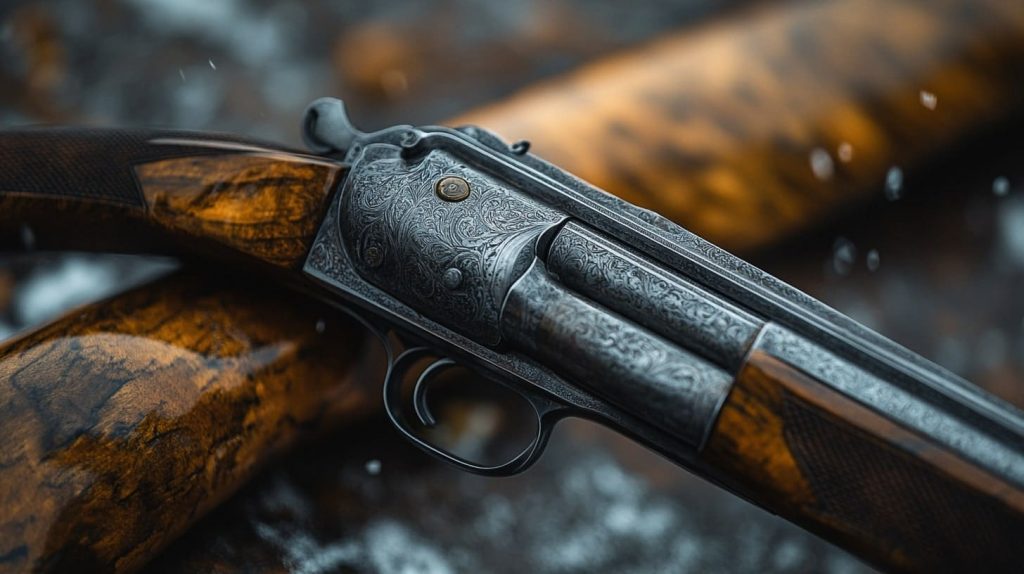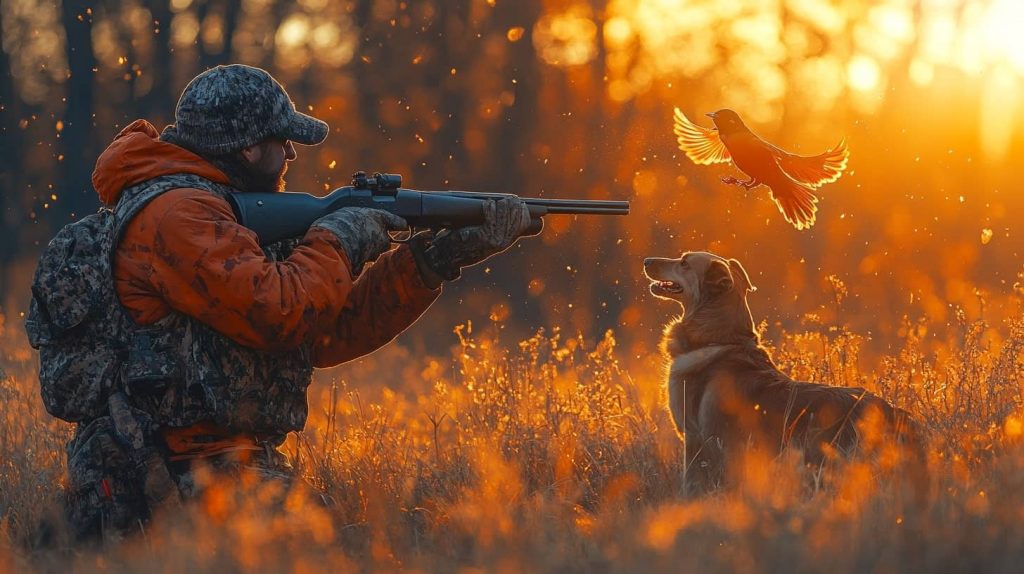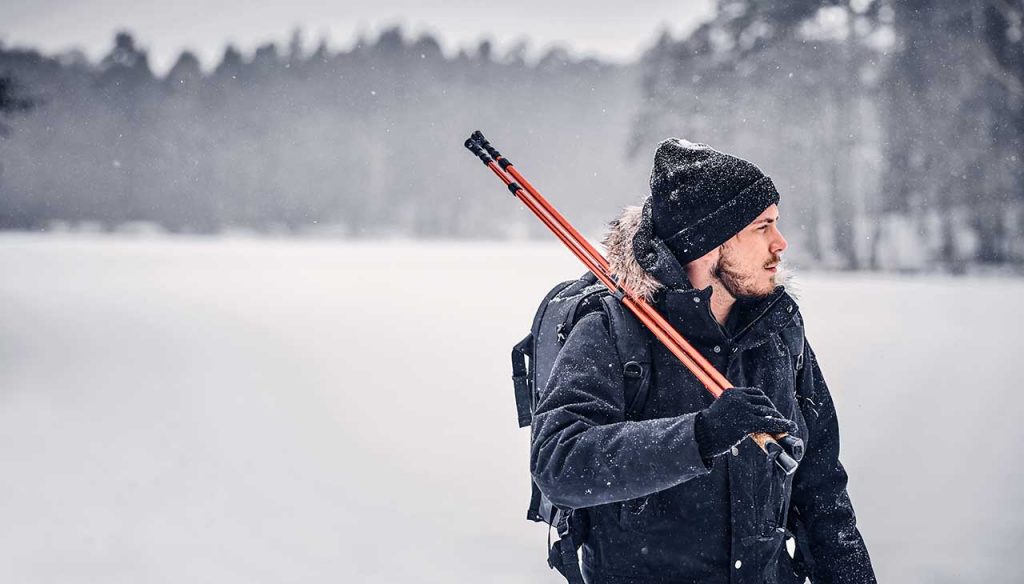Trophy hunting is an endeavor that blends skill, strategy, and respect for nature. For many hunters, selecting the right firearm is paramount to achieving both a successful and ethical hunt. This comprehensive guide will help you navigate the process of choosing and preparing a firearm specifically designed for trophy hunting. With a focus on weapons, we’ll delve into critical factors such as caliber selection, ergonomic features, customization, and maintenance to ensure your equipment performs flawlessly when it matters most.
Understanding Trophy Hunting Firearms
The firearm you choose for trophy hunting isn’t just a tool—it’s an extension of your skill and passion. In trophy hunting, the quality of your equipment can directly influence your ability to make clean, ethical kills. Modern firearms used in trophy hunting are the result of decades of innovation, merging precision engineering with rugged durability.
When considering a firearm, think about the type of game you’re pursuing. Larger game, such as elk or bear, requires a firearm with substantial stopping power and a caliber that offers both penetration and expansion. Conversely, when pursuing medium-sized game, you might opt for a rifle that balances precision with manageable recoil. A well-chosen firearm will allow you to adapt to various hunting conditions while maintaining the high standards necessary for a trophy-worthy hunt.
Key Considerations in Firearm Selection
1. Caliber and Ballistics
Caliber selection is one of the most critical decisions you’ll make. The caliber not only influences the stopping power of the bullet but also affects the trajectory and accuracy. Popular calibers for trophy hunting include the .30-06 Springfield, 7mm Remington Magnum, and .300 Winchester Magnum. Each of these calibers offers a unique balance between recoil, range, and terminal performance.
Understanding ballistics is essential. Ballistics studies how a bullet behaves in flight and upon impact, providing insights into trajectory, velocity, and energy transfer. Matching the caliber to the game’s size and the expected range will help ensure a swift and humane kill.
2. Ergonomics and Handling
The firearm’s ergonomics are as crucial as its ballistic performance. A rifle that fits your body and shooting style will reduce fatigue and improve accuracy during long hunts. Look for features such as adjustable stocks, well-contoured grips, and balanced weight distribution. These elements not only enhance your shooting comfort but also ensure that the firearm can be used effectively in diverse terrain and weather conditions.
3. Build Quality and Materials
Modern trophy hunting firearms are constructed from advanced materials such as high-grade steel, aluminum alloys, and polymers. These materials contribute to a rifle’s durability and reduce overall weight, making the firearm easier to carry over long distances. A well-built firearm should withstand harsh environmental conditions, including moisture, dust, and extreme temperatures, while maintaining its precision over time.
4. Optics and Sighting Systems
A high-quality optic system is essential for making precise shots. Whether you’re using a rifle scope or red dot sight, the clarity and adjustability of the optics can significantly impact your performance. Look for features such as illuminated reticles, adjustable parallax, and high magnification ranges. These features ensure that you have a clear, accurate view of your target, regardless of the lighting conditions encountered during the hunt.
Preparing Your Firearm for Trophy Hunting
Once you have selected the ideal firearm, the next step is meticulous preparation. This phase involves customization, practice, and a thorough understanding of your equipment’s mechanics.
1. Customization and Tuning
Customization allows you to tailor your firearm to your specific needs and hunting style. Many manufacturers offer aftermarket accessories that can improve performance, such as enhanced triggers, recoil pads, and specialized barrels. Customization might also involve adjusting the stock or adding a bipod to stabilize your shot in the field. Every modification should aim to enhance accuracy and reliability without compromising the firearm’s original design.
2. Zeroing and Sight Alignment
Before heading into the field, it’s vital to zero your firearm. Zeroing aligns the sights or optic system with the barrel, ensuring that the point of aim matches the point of impact. Conduct this process in a controlled environment, such as a shooting range, where you can fine-tune your setup under varying distances. Proper zeroing is especially important in trophy hunting, where precision can mean the difference between a successful hunt and a missed opportunity.
3. Field Stripping and Cleaning
Routine maintenance is key to keeping your firearm in peak condition. Field stripping and cleaning your firearm before and after each hunt can prevent malfunctions and extend the life of your weapon. Pay close attention to critical components such as the barrel, trigger mechanism, and bolt. Use high-quality cleaning kits and lubricants designed for your specific firearm to ensure that every part operates smoothly and efficiently.
Safety and Maintenance for Optimal Performance
Safety is paramount in any hunting activity. Familiarize yourself with the firearm’s safety mechanisms and always adhere to established safety protocols. Here are some essential maintenance and safety tips:
1. Regular Inspections
Conduct regular inspections of your firearm to check for wear and tear. Look for any signs of damage or corrosion that could compromise performance. Inspections should include a thorough examination of the barrel, receiver, and moving parts. If you detect any issues, consult a professional gunsmith before using the firearm again.
2. Proper Storage
Store your firearm in a secure, dry environment to protect it from moisture and dust. A quality gun safe or lockable cabinet can provide the necessary protection while also ensuring that your firearm remains accessible for routine maintenance. Consider using a dehumidifier in storage areas to prevent rust and corrosion, especially if you live in a humid climate.
3. Safety Gear and Training
Beyond the firearm itself, invest in proper safety gear such as ear and eye protection. Regular training and practice at a shooting range will keep your skills sharp and reinforce safe handling practices. Continuing education on firearm safety can also help you stay updated on the latest techniques and technological advancements in hunting gear.
4. Professional Servicing
Even the most carefully maintained firearms benefit from professional servicing. A qualified gunsmith can perform detailed inspections and repairs that might not be possible with routine cleaning alone. Regular servicing ensures that your firearm remains in top condition and is always ready for your next trophy hunt.
Conclusion
Trophy hunting is an intricate blend of skill, strategy, and respect for both nature and the tools of the trade. Choosing and preparing the ideal firearm is an essential part of this process. From understanding the nuances of caliber selection and ballistics to customizing your firearm for enhanced performance and ensuring meticulous maintenance, every step plays a vital role in your success.
By investing time in research, practicing with your chosen firearm, and adhering to stringent safety and maintenance protocols, you lay the foundation for a rewarding hunting experience. The right firearm will not only improve your chances of a successful hunt but will also uphold the ethical standards that are central to the sport of trophy hunting.
Whether you are a seasoned trophy hunter or new to the field, the journey toward mastery begins with making informed decisions about your equipment. Embrace the blend of tradition and technology that modern firearms offer, and let your preparation and expertise shine through in every hunt. May this guide serve as your roadmap to achieving excellence in the art of trophy hunting, ensuring that every expedition is marked by precision, safety, and respect for the natural world.






